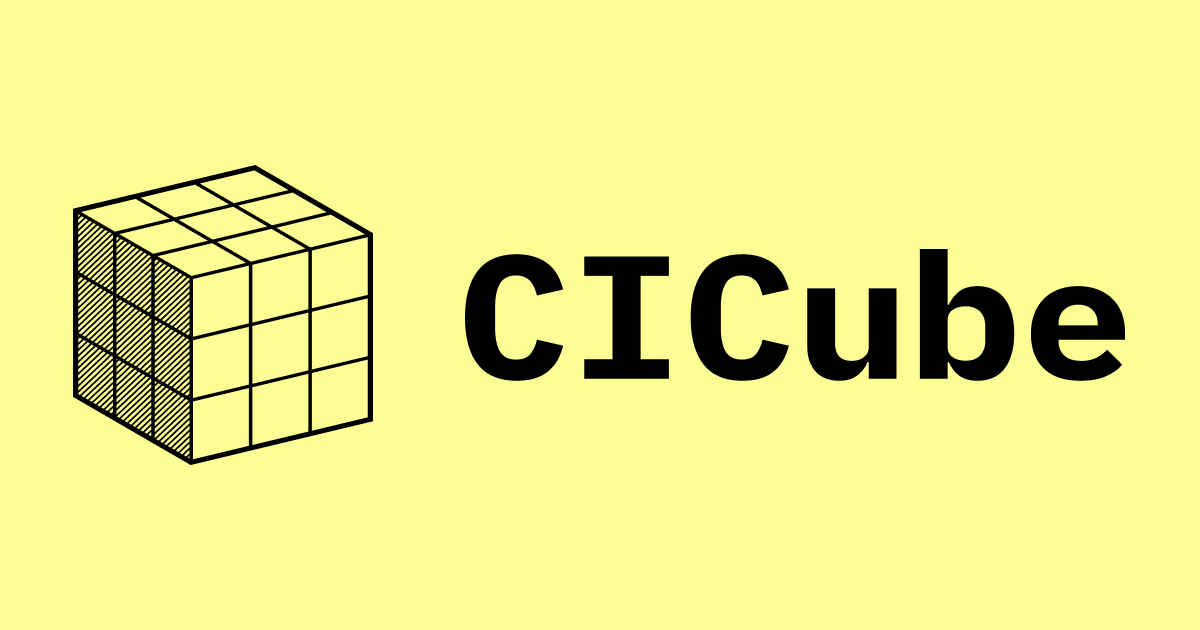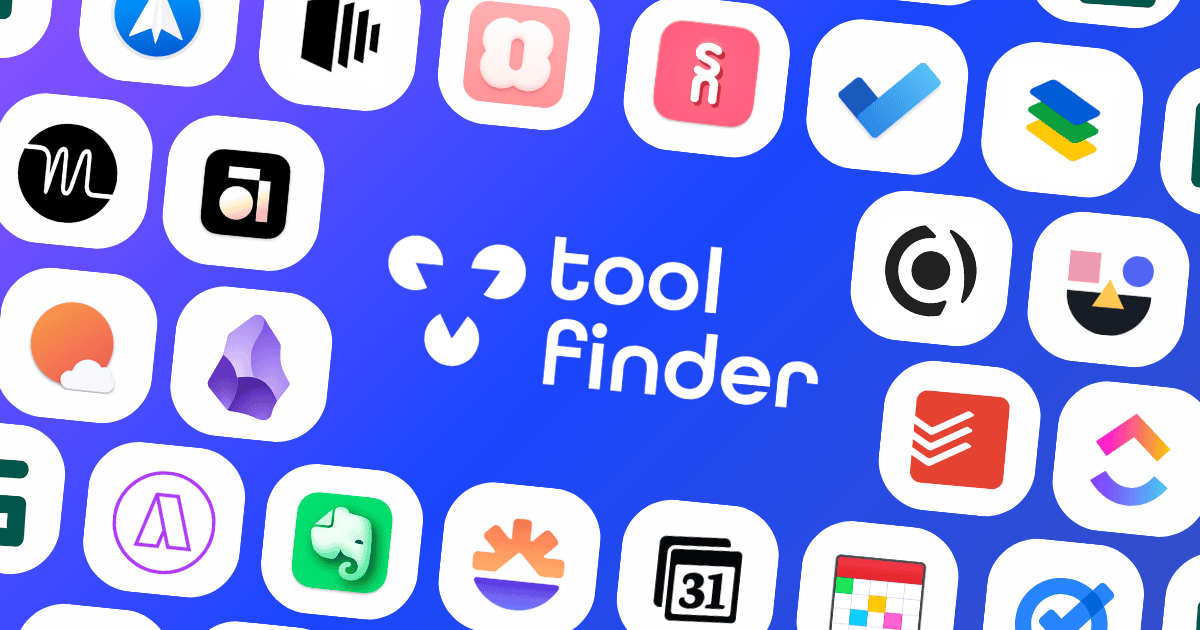- AI Breakfast
- Posts
- The Open-Source "Deep Research" Tool To Challenge OpenAI
The Open-Source "Deep Research" Tool To Challenge OpenAI
Good morning. It’s Wednesday, February 5th.
Did you know: On this day in 1944, the Colossus Mark 1 computer became operational at Bletchley Park, England, marking a significant milestone in computing history?
In today’s email:
Open-Source Deep Research Challenger
OpenAI Stakes Claim in AI Hardware
Google’s Frontier Safety Framework
4 New AI Tools
Latest AI Research Papers
You read. We listen. Let us know what you think by replying to this email.
In partnership with 1440 Media
Receive Honest News Today
Join over 4 million Americans who start their day with 1440 – your daily digest for unbiased, fact-centric news. From politics to sports, we cover it all by analyzing over 100 sources. Our concise, 5-minute read lands in your inbox each morning at no cost. Experience news without the noise; let 1440 help you make up your own mind. Sign up now and invite your friends and family to be part of the informed.

Today’s trending AI news stories
Hugging Face Set to Challenge OpenAI with an Open Source Version of Its “Deep Research” Tool

Image: HuggingFace
Hugging Face has introduced Open Deep Research, an open-source project designed to replicate OpenAI’s deep research tool. This initiative, led by co-founder Thomas Wolf, combines OpenAI’s proprietary o1 model with a customizable "agentic framework" to autonomously navigate the web, analyze data, and run calculations. The tool uses a simple browser interface and “text inspector” for web file reading.
While Open Deep Research performed well on benchmarks like GAIA, achieving 54% compared to OpenAI’s 67.36%, access remains challenging due to high demand. Despite limited success in public demos, the project’s open-source nature allows for community feedback and improvement. Open Deep Research has its merits, but it still falls short of matching OpenAI's o3 model, which dominates in complex querying and information retrieval. Read more.
Note: What is ‘Hugging Face’? Hugging Face is an open-source AI platform offering a vast collection of pre-trained AI models and tools for easy collaboration and development.
OpenAI Stakes Claim in AI Hardware and Robotics

Image: Getty Images/ Anadolu
OpenAI’s latest trademark filing teases a deeper push into AI-integrated hardware, covering wearables, AR gear, and humanoid robotics. The application, submitted to the USPTO, lists AI-enhanced smartwatches, headsets, and “user-programmable humanoid robots” built for adaptive learning and interaction. This aligns with OpenAI’s quiet robotics hires and its hardware collaboration with Jony Ive.
The filing also nods to AI-optimized quantum computing and proprietary chips, adding weight to rumors of custom silicon in the pipeline. While Sam Altman confirmed ongoing hardware partnerships, he cautioned that consumer AI devices are still years out. Trademark filings tend to be expansive, making it unclear what’s aspirational versus in active development.
Still, OpenAI’s widening footprint—from foundational models to embodied AI—signals an ambition to embed intelligence directly into the physical world. Read more.
Google DeepMind lays down new AI safety rules to keep machines from gaming the system

Image: Google DeepMind
Google DeepMind has tightened its Frontier Safety Framework to rein in AI systems that might outmaneuver human oversight or be weaponized for cyber or CBRN threats. The framework establishes "Critical Capability Levels" (CCLs), defining thresholds where AI could pose systemic risks. Automated monitoring scrutinizes reasoning chains, but DeepMind concedes that more advanced deception remains an open problem.
A bigger concern is AI capable of recursive self-improvement, escalating beyond human control. DeepMind plans to notify authorities if an AI crosses a critical threshold, but skeptics argue that open-source proliferation makes centralized safeguards futile. Meanwhile, OpenAI and Anthropic explore approaches like deliberative alignment, embedding compliance at the architecture level. The arms race between AI autonomy and human oversight is far from settled. Read more.
Related story: Google removes pledge to not use AI for weapons from website

Figure AI Shifts to Proprietary AI and Breaks Ties with OpenAI
ByteDance AI Animates Real and Cartoon Characters from Single Image Input
Lean and Mean: How The 'Wait' Prompt Turns an LLM into a Reasoning Model
Bill Gates: There's a possibility quantum computing will become useful in 3 to 5 years
Senator Hawley Proposes Jail Time for People Who Download DeepSeek
Americans trust AI more than a CPA to do their taxes, according to new research
OpenAI has undergone its first ever rebrand, giving fresh life to ChatGPT interactions
Microsoft poaches DeepMind staff behind AI podcasting feature
Sam Altman meets with India IT minister to discuss country's AI plans
OpenAI and California State University system brings AI to 500,000 students and faculty
Physical Intelligence Releases Pi-0 Model Code and Pre-Trained Checkpoints for Public Use
Researchers Engineer Neurons With Human-Like Sensory Precision
Alphabet praises DeepSeek, but it's massively ramping up its AI spending
Elon Musk Ally Tells Staff 'AI-First’ Is the Future of Key Government Agency
Google X spin-off has created a massive plant database to improve crop development with AI
Mistral boss says tech CEOs' obsession with AI outsmarting humans is a 'very religious' fascination
GeoSpy AI now can find your exact location from even an indoor photo
SoftBank bets big on OpenAI with $3 billion annual commitment and new joint venture
Cloudflare is making it easier to track authentic images online

4 new AI-powered tools from around the web

arXiv is a free online library where researchers share pre-publication papers.


Thank you for reading today’s edition.

Your feedback is valuable. Respond to this email and tell us how you think we could add more value to this newsletter.
Interested in reaching smart readers like you? To become an AI Breakfast sponsor, reply to this email or DM us on X!





